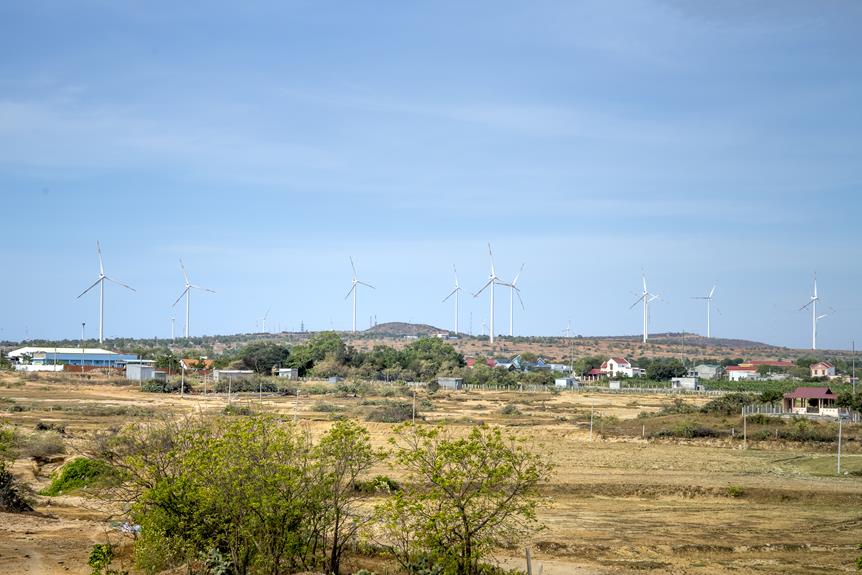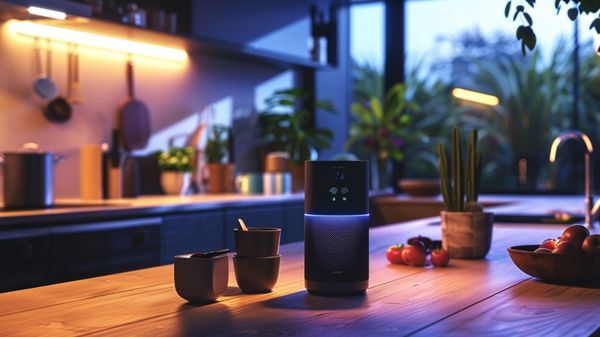Are you ready to make a difference? Dive into the world of energy efficiency strategies and join the fight against climate change. Discover the power of building insulation, energy-efficient appliances, renewable energy sources, efficient lighting solutions, and smart home technology.
These top strategies will not only save you money but also help protect our planet. Together, we can create a brighter and greener future. Let’s take action and belong to a community of change-makers.
Building Insulation
To improve energy efficiency in your home, consider properly insulating your building. Insulation materials play a vital role in reducing heat transfer and maintaining a comfortable indoor temperature. There are various types of insulation materials available, such as fiberglass, cellulose, and spray foam, each with its own benefits and installation requirements.
Fiberglass insulation, for example, is cost-effective and easy to install, while cellulose insulation is environmentally friendly and provides better soundproofing. When it comes to insulation installation techniques, it’s crucial to ensure proper coverage and sealing to minimize air leakage.
This can be achieved through methods like batt insulation, blown-in insulation, or spray foam insulation. By using the right insulation materials and installation techniques, you can significantly reduce energy consumption, lower utility bills, and create a more sustainable and comfortable living environment.
Energy-Efficient Appliances
Invest in energy-efficient appliances to further reduce your carbon footprint and save on electricity costs.
Energy-efficient appliances are designed to consume less energy while still providing the same level of performance as their less efficient counterparts. These appliances are built with energy-saving features such as advanced insulation, improved motors, and efficient heating and cooling systems.
When shopping for appliances, look for the Energy Star label, which indicates that the product meets strict energy efficiency guidelines set by the Environmental Protection Agency.
Renewable Energy Sources
One way to continue reducing your carbon footprint and saving on electricity costs is by exploring renewable energy sources. Renewable energy sources, such as solar power and wind energy, aren’t only environmentally friendly but also offer numerous benefits for homeowners.
Here are four reasons why you should consider incorporating renewable energy sources into your energy strategy:
- Lower electricity bills: By harnessing the power of the sun or wind, you can generate your own electricity and reduce your reliance on the grid, resulting in significant cost savings.
- Reduced carbon emissions: Renewable energy sources produce clean energy, which means they don’t release harmful greenhouse gases into the atmosphere, helping to combat climate change.
- Energy independence: By generating your own power, you become less dependent on traditional energy sources, giving you more control over your energy needs.
- Long-term savings: While the initial investment in solar panels or wind turbines may be high, they’ve a long lifespan and require minimal maintenance, leading to long-term financial benefits.
Efficient Lighting Solutions
Now let’s explore how you can further reduce your carbon footprint and save on electricity costs with efficient lighting solutions.
One of the most effective ways to achieve this is by opting for LED lighting options. LED lights are known for their energy efficiency and long lifespan, making them an excellent choice for both residential and commercial spaces. Compared to traditional incandescent bulbs, LED lights consume significantly less energy, resulting in lower electricity bills. Additionally, LED lights produce less heat, reducing the strain on cooling systems.
Another strategy to consider is implementing daylight harvesting techniques. This involves using sensors and controls to automatically adjust the intensity of artificial lighting based on the amount of natural light available.
Smart Home Technology
To further enhance your energy efficiency and reduce your carbon footprint, consider integrating smart home technology into your lighting solutions.
Home automation allows you to control your lights remotely, ensuring that they’re only on when needed and adjusting their brightness to save energy. Energy monitoring systems provide real-time data on your energy consumption, helping you identify areas where you can make improvements.
Here are four ways smart home technology can benefit your energy efficiency:
- Motion sensors: Install motion sensors to automatically turn off lights when no one is in the room, eliminating wasted energy.
- Timers: Set timers to turn off lights at specific times, preventing them from being left on accidentally.
- Dimmer switches: Use dimmer switches to adjust the brightness of your lights according to your needs, reducing energy usage.
- Voice control: Use voice commands to control your lights, making it convenient to turn them off when leaving a room.
Conclusion
So there you have it, folks! By implementing these energy efficiency strategies, you can make a significant impact in combating climate change. From insulating your buildings to using energy-efficient appliances and renewable energy sources, every small step counts.
And with the help of efficient lighting solutions and smart home technology, you can further reduce your carbon footprint. So let’s roll up our sleeves, embrace these strategies, and pave the way for a greener and more sustainable future. Let’s make Mother Earth proud!




